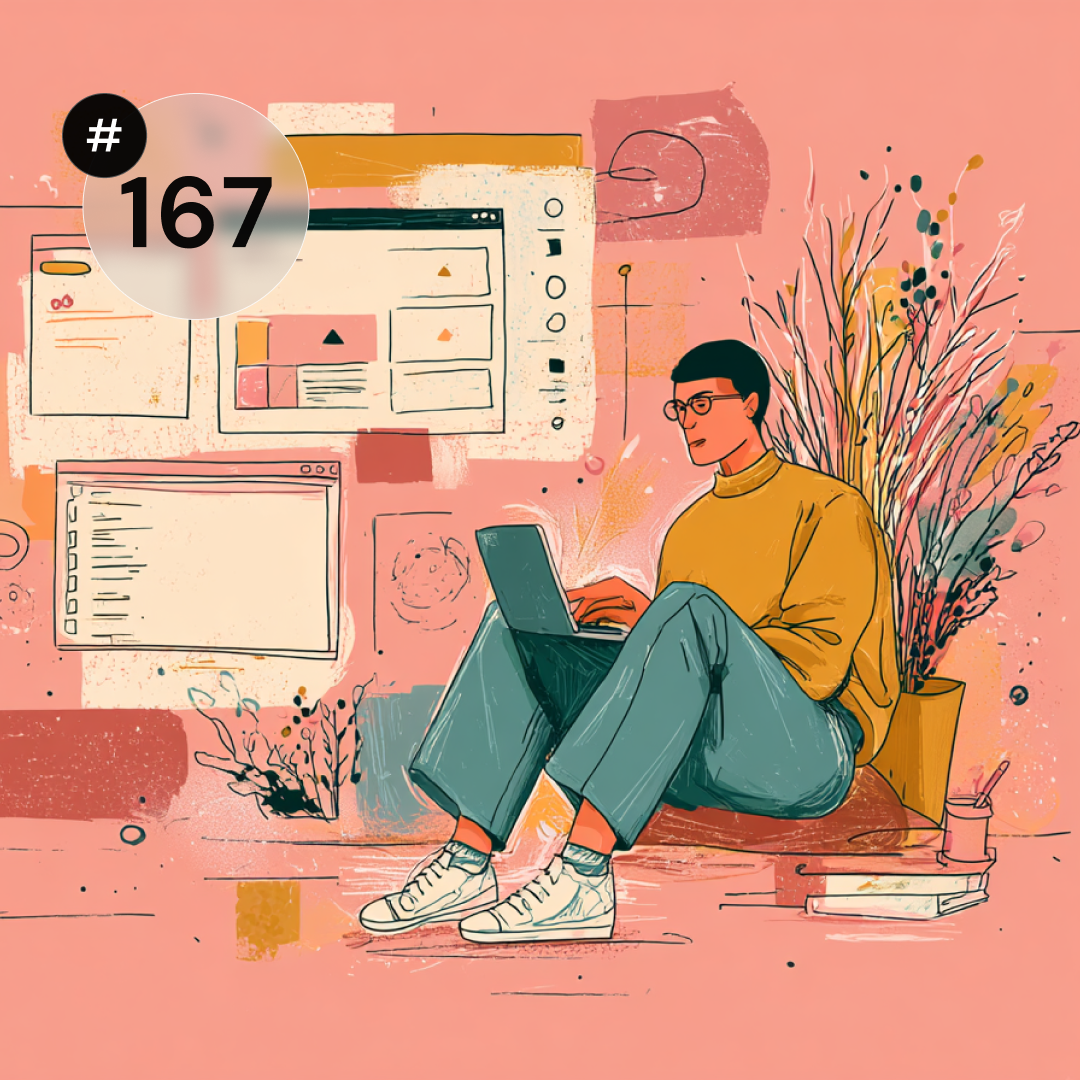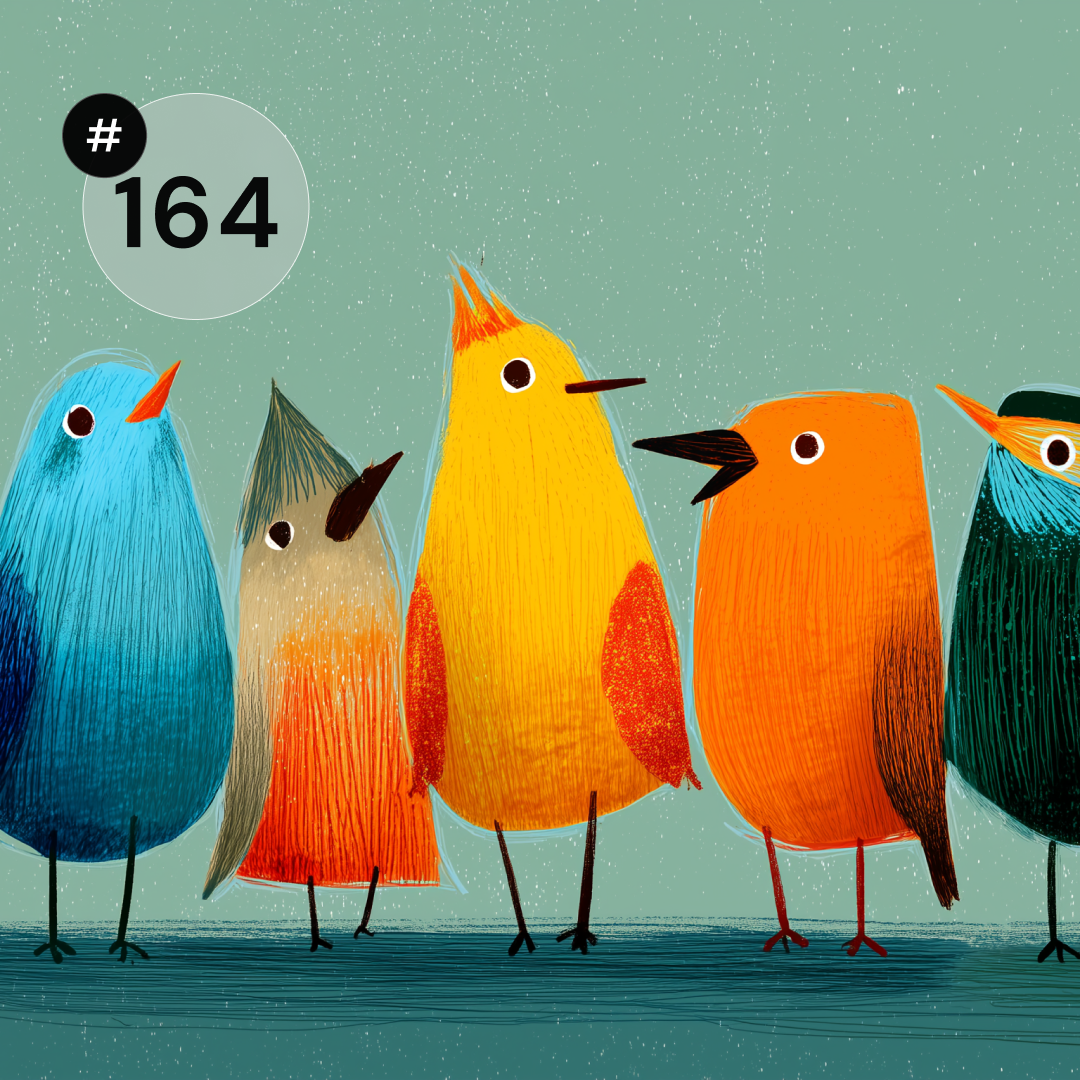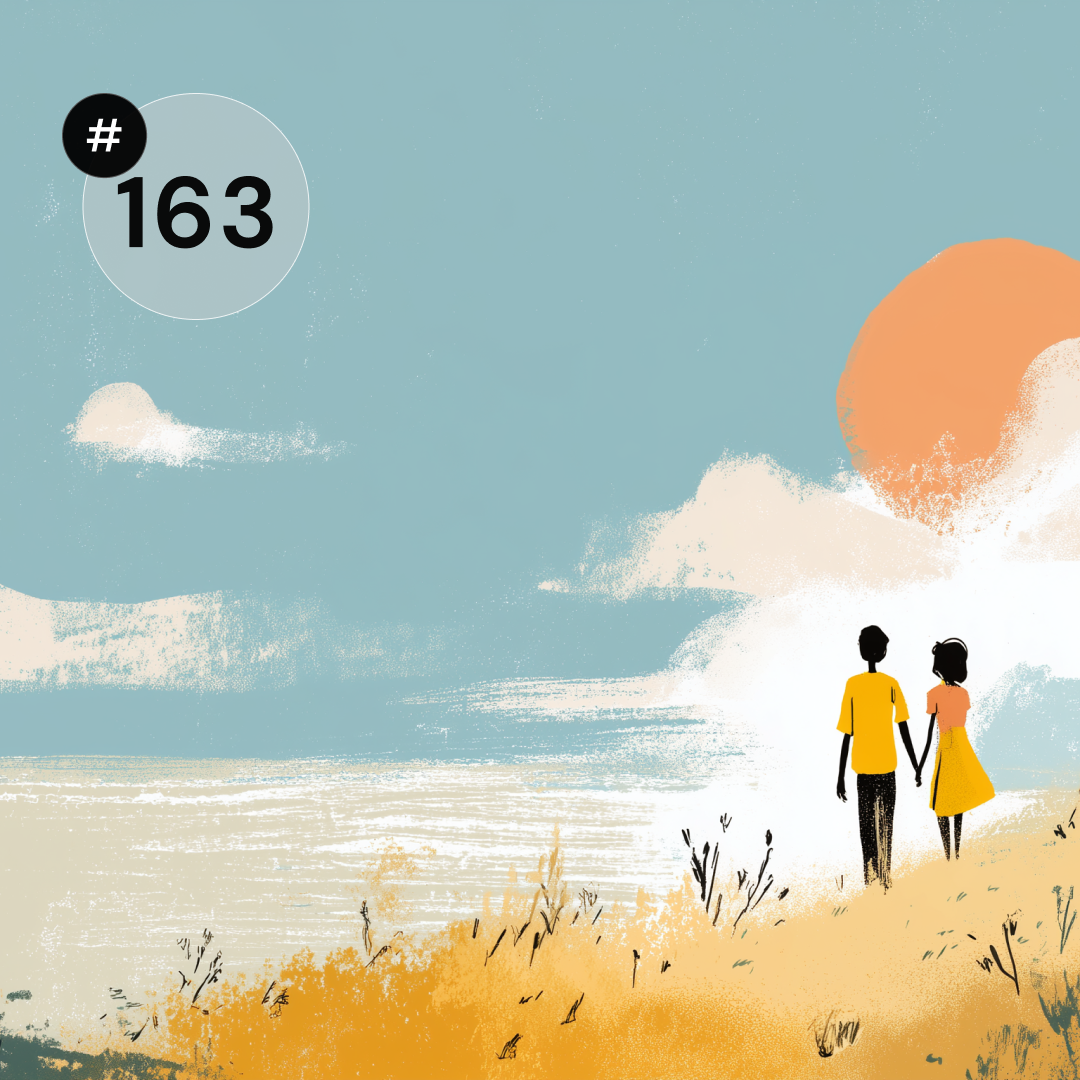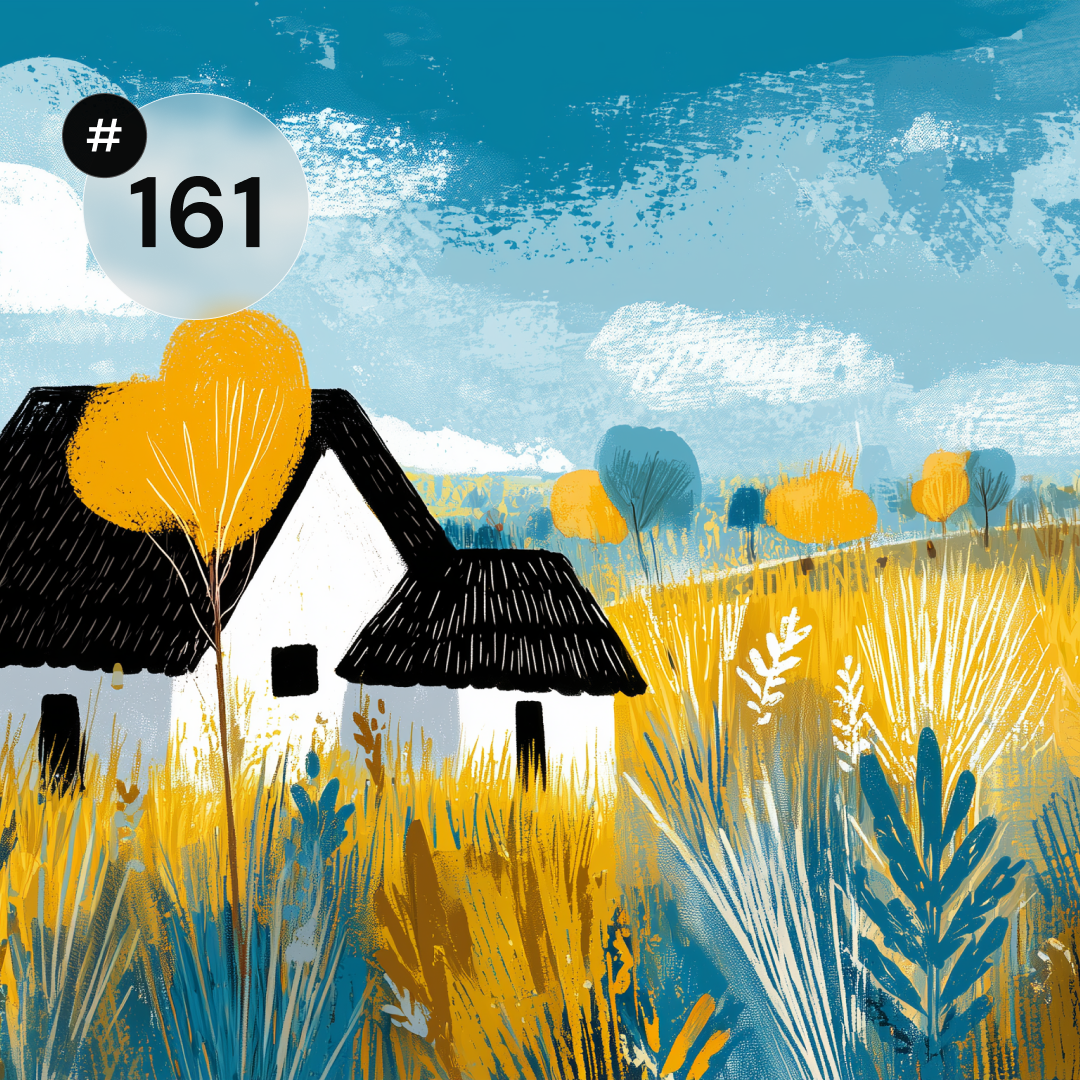The growing number of jobs in the IT industry and the tempting prospect of working in a friendly environment, giving the opportunity to develop, is the reason for the increase in interest in the topic in recent years: UX design. Some consider this profession as a good way to change work to a more creative one, giving more opportunities to solve interesting problems.
The 2018 UX Design in Poland report shows that there is space on the market for the development of juniors, people who just want to start working in this position, because in workplaces there are as many leaders or managers as juniors (14%). The authors emphasize that the opportunity to learn under the guidance of experts, but at the same time with little responsibility, is very important, as it supports the learning process of future designers. If you are interested in this issue and want to start your professional career as a UX/UI designer — I invite you to read the article, in which I will tell you where to start, what the job market looks like, what opportunities you have and what you should keep in mind when working with clients.
Knowledge and skills
The basis for starting work as a UX/UI designer is confirmed and verified knowledge. One sure source from which any future designer must start is the nngroup.com portal, a place where two UX gurus Don Norman and Jakob Nielsen share their knowledge and research. In the tab with the most popular articles, you will gain the necessary knowledge to understand the UX industry.
First of all, start with the Nielsen heuristics on which the entire user experience design method is based. Then you can read the book “Everyday Design” by Don Norman, which will give you a general idea of design experiences and learn the basic principles of design. Further in the direction of utility, Steve Krug will lead you with a short but very specific line “Don't make me think. On a vital approach to the functionality of websites”.
You can find a handful of inspiration from the context of work at the UI stage on portals such as Dribbble or Behance. It is important that you keep abreast of trends in this topic at all times, as they change at lightning speed. You can find up-to-date knowledge on blogs, including Medium or on portals run by employees creating tools such as Figma or UxPin. The fundamental knowledge of UI design can be found primarily on the Material Design page, where all the UI design guidelines developed by Google are collected and followed by all digital product developers. In addition, you need to familiarize yourself with the theory of typography and the psychology of color.
A standard question from those starting out in UX/UI design is: which studies or which course to choose? There is no clear answer, as there are plenty of opportunities right now. Future desginers also graduate in various specializations, such as sociology, marketing, cognitive science. There are also postgraduate studies in the field of UX Design or Product Design available on the market. The most popular portals with online courses are Eduweb, Udemy or Sillshare, but always check the competence and experience of the teacher when choosing a given course. Conferences such as World Usability Day, organized once a year in every major city in Poland, nationwide UX Poland event or Dribbble meet-ups, are also important for keeping up to date in the industry. Any contact with as many design people as possible is a great opportunity for a novice designer to develop.
As for the UX/UI skills of a designer, such a person should be characterized by a large dose of empathy and understanding in order to be able to play the role of users of the designed solution. In design thinking methodology, “empathy” itself is one of the stages. Also in the UX methodology, the first stage of “discover” involves understanding the business and the end user. Knowledge of behavioral psychology will be useful here, which will allow you to understand certain patterns of user behavior and their cognitive biases. In addition, you need to be a good and vigilant observer who will be able to point out even the slightest mistake on the client's site, but also remember the best design solutions noticed on other sites or in applications. It is necessary to constantly observe what is happening in the industry and analyze every detail. It will also be useful to be able to present and defend your ideas and good communication, which is crucial when working with clients.
Job market for UX/UI Designer
Once you have acquired the necessary basic knowledge to start designing, the question arises: how do you get started? During the courses, you can independently create your own solutions, new applications or optimize online stores. Many employers require the presentation of several works in the form of a portfolio, also from completely beginners. Before you start looking for career opportunities, check out exactly what you would like to do, as there are many opportunities. It will also be different to work for a company creating a single solution (e.g. a tool, an online store), where you work on the same product all the time, and agency work looks different, in which you work on a project and you can deal with several products or services at once (e.g. UX audit, shop design, UX research applications).
Employers also have different approaches to job titles and responsibilities. The basic division is the separation of UX from designer UI. UX designer deals with the creation of lo-fi mockups, often also with research and testing, conducts workshops with the client and audits of websites, analyzes the market and collects references, is also often in contact with the client to get acquainted with all the requirements.
On the other hand, the UI designer creates hi-fi mockups, designs icons, and if necessary other graphics and illustrations, if required by the client. Such a person can also join the project at a later stage, but often participates in the whole process from the beginning in order to know its background and be able to design the perfect solution. This division is understood differently by employers, sometimes these competencies are combined by calling such a position as Web Designer or Product Designer, often such a job offer can also be hidden under the name Graphic Designer.
On the other hand, in larger companies or corporations, the UX designer's competencies can be broken down into:
- UX researcher/UX researcher
- UX writer/content manager
- UX Analyst/UX Data Analyst
Find out what exactly you like best and in which direction you want to develop: whether you choose a narrow specialization or maybe you are ready to combine several competencies. Find a UX agency or other companies hiring designers in your area and start by applying for an internship or internship. Further, as you experience, you will include further degrees in the position of designer: junior, mid/regular, senior, in some cases also lead as the person leading the project team.
Methods and tools of work
You also need to be ready for different approaches to design. In general, the UX work methodology is based on 4 stages: discover, define, develop, deliver.

Source: https://interactiondesign17.wordpress.com/2017/02/09/week-4-double-diamond-framework/
Depending on what exactly you will be doing, such a stage will fall within your scope of work, e.g. the researcher will be involved at the beginning (research) and at the end (test) of the work. These stages will also be affected by where you will be working. If you are engaged in the development of one tool or site, then the work can be mainly based on the implementation of new solutions, the search for ways to optimize the user path, and testing. If, on the other hand, it will be a completely new solution, where the needs of users are just defined and we do not have accurate data about the recipients, the project will definitely start the stage of studying the needs of the target group.
In agency work, on the other hand, you are able to go through all the stages while working on a single project, but always its scope will depend on the client's budget. In fact, the needs study stage at the beginning of the project is often omitted and designers have to base themselves on the knowledge available from the implemented analytical tools.
In an agency, cooperation often begins with workshops with the client in order to better understand his activities and goals related to the project (sometimes it is even several meetings). Often one of the initial stages is a UX audit, during which the designer identifies problem areas and recommends changes based on existing solutions (so-called benchmarks). This is a good starting point to talk to the client about redesigning their website, so you can quickly move on to the design stage knowing the exact expectations of the client.
As for the tools used most often in the work of the designer, then they can be divided according to the stages of work:
- workshop work, joint collection of requirements: Google Docs, Miro, Mural,
- research, data analysis: Google Analytics, Hotjar,
- UX design: Axure RP (probably less and less used, compared to its popularity just a year ago), Figma, Adobe XD, UXPin,
- UI design: Sketch (macOS only), Figma, Adobe XD, UXPin.
It is worth familiarizing yourself with these tools in advance and knowing how to use them even at a basic level. You can usually find any tutorials and trainings on these tools page or on YouTube.
Working with clients
Often in job offers you will find information that in addition to designing, you will also be engaged in contact with customers and the required skill is good communication, the ability to present and argue decisions. This area is mainly about agency work, because in the case of working on a single product, your client is simply the company you work for. In this case, you usually do not have to worry about the proper organization of work (if it is already established) or about the various restrictions associated with the lack of direct and quick contact.
In agency work, the design approach forces other actions. In the structure of the organization, most often each project is coordinated by the Project Manager, who is responsible for delegating tasks to his team, maintaining contact with the client, verifying the quality of the designed solutions, establishing with the client and meeting deadlines, and setting key assumptions. Designer, on the other hand, spends much less time on direct contact with the client. This occurs, among others, at the moment:
- commencement of work,
- the workshops he must plan and conduct,
- presentation of the UX audit (if one has been included in the collaboration),
- design.
The best solution is to involve the client in the design process itself by staying in touch with them, requesting them to provide some materials (e.g. brief, brandbook, logo and other elements of brand identification) and regularly sharing and discussing the project. By talking about key or problematic elements on the site, you will learn a lot more about the client's business, get to know his point of view and reach an agreement faster. At the time of discussing the project, it is useful to be able to argue your choices. Remember that the customer is always strongly attached to his website, store or application and will enter into cooperation already with a certain vision for the development or optimization of his product. You need every choice that can be a source of dispute, argue with real data, research, statistics, information about the basic principles of design.
The mission of each designer is also to educate clients so that in the future they can cope with website modifications and be aware of the needs and problems of their users. Make sure the client understands what each stage of the collaboration is and what you are actually doing as a UX/UI designer. Thanks to this, you will find a common language with the client and it will be easier for you to communicate with him. In this way, you will also build his trust and put yourself in the role of an expert. Try, as far as possible, to seek contact and do not be afraid to talk to the client, then you will gain a good colleague and the designed solution will be implemented successfully and will end in the satisfaction of both parties.
summary
When you are already armed with basic knowledge, have tried your hand at the selected sites and inspired by the work of others and the opportunities that this profession gives, you decide to move on to the labor market, be sure not to stop in your activities. Create a portfolio with your first attempts, describe what your process of designing a given solution looked like. Arm yourself with a large dose of patience, and when you get into an internship or internship, be ready for new challenges and project problems. Good luck!












